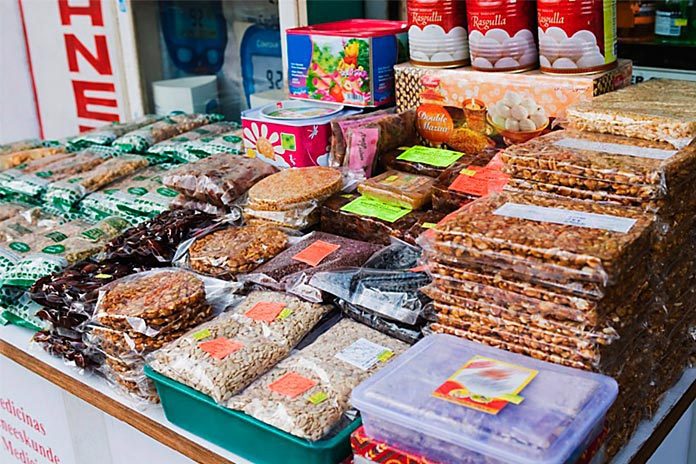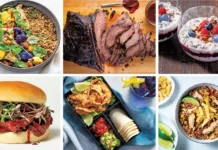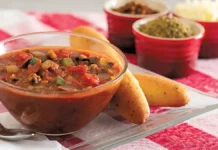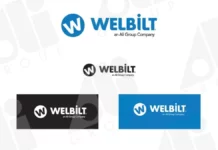
Article contributed by Erich Lawson
Food waste is a major problem in today’s day and age with serious implications on social, economic and environment front. Food waste occurs at the final stages of the food chain, i.e. during distribution, retail sale and final consumption. When food is discarded as waste, all the natural resources which were utilized to grow, process, pack and transport it are wasted. With the addition of resources and emissions at every new step in the value chain, the food waste at the service and consumer level has the highest environmental impact.
Mostly, the food manufacturers generate a significant amount of organic waste. But almost 90% of it is recovered primarily as compost or animal feed. So the next place to look for opportunities to recover and reduce food waste is in other parts of the food chain. In this context packaging, distribution, food service and residences are best bets teeming with opportunities to curtail food wastage. Of these, packaging plays a crucial role in containing and protecting the food when it is stored, transported and is delivered to the consumers.
Food waste which occurs at agricultural level or during processing such as when rotten produce or peels are discarded is largely unavoidable. However, food waste which happens due to human action can be reduced greatly with the help of smart packaging. Here’s how:
Role of Smart Packaging in Minimizing Food Waste
Today’s consumer demands fresh and processed foods all year round often sourced globally in a safe and convenient form. The smart packaging helps protect and promote the product, provide information on product usage, health, disposal, safety etc. Some effective measures which can help minimize food waste are as follows:
- Create customized solutions and design of secondary and tertiary packaging which provide better shelf life and protection for fresh produce and other agricultural products as the move from farm to processor to wholesaler to retailer.
- Boost the use of transport packaging which supports recovery of surplus and ‘unsalable’ fresh produce so that it can be diverted to food kitchens or used as feed for livestock, whichever is appropriate.
- Fast track development and adoption of innovative and sustainable packaging materials and technologies such as modified atmosphere packaging and oxygen scavengers for extending the shelf life of food products.
- Create a standardized process for assigning ‘use-by’ and ‘best-before’ date on primary packaging. Educate manufacturers, retailers and consumers about both these types of dates so that misinformed wastage of food is curtailed as much as is possible.
- Design packaging to cater to the changing needs of market, especially single meals and smaller households, so that excessive food is not discarded as waste.
- Synchronize supply chains which use intelligent packaging and data to curb excess or outdated food stock.
- Print innovative and interesting tips to reduce food waste on food packaging. For instance, recipe to make pie crust using stale bread.
- Some supply chains have introduced reusable plastic packaging as primary or secondary packaging to extend shelf life or improve efficiencies especially for fresh produce. There is some evidence of lower food spoilage rate for some varieties of fresh produce in reusable packaging due to better pre-cooling rates and improved structural functionality.
If designed effectively, smart packaging has the power to protect food across the supply chain in a way so as to minimize wastage. Every step of the food supply chain can contribute immensely to minimize food waste so that natural resources are not wasted and the overall impact of food waste on social, economic and environment fronts is reduced.
Erich Lawson is very passionate about the environment and is an advocate of effective recycling. He writes on a wide array of topics to inform readers on how modern recycling equipment can be used by industries to reduce monthly wastage bills and increase recycling revenue. You can learn more about environment saving techniques by visiting his blog on Compactor Management Company.

























Comments are closed.